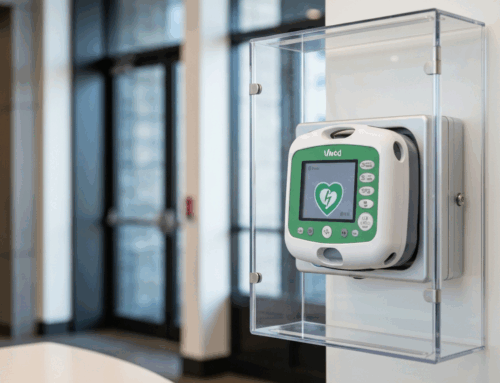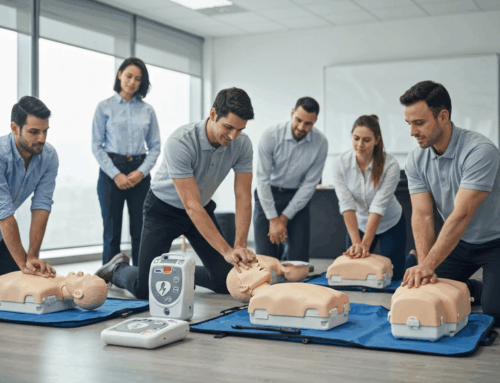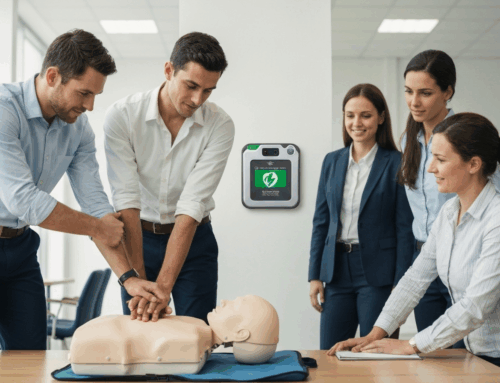Importance of Using CPR Manikins with Feedback to Learn AHA CPR
Practical experience is crucial for learning cardiopulmonary resuscitation, or CPR. The American Heart Association (AHA) strongly emphasizes the necessity of precision and practical abilities when performing high-quality rescue breaths and chest compressions. Using manikins with real-time feedback technology is one of the best ways to enhance CPR instruction. These manikins are revolutionary because they let students hone their skills precisely.
CPR manikins with feedback are training aids that offer instantaneous, unbiased data regarding the caliber of chest compressions and ventilations. The feedback usually focuses on the delivery of rescue breaths and important parameters like compression depth, rate, and recoil. Real-time data delivery via visual, aural, or digital cues helps teachers and students pinpoint areas in need of development.
According to AHA standards, adults should perform chest compressions at a depth of 2-2.4 inches and at a rate of 100–120 compressions per minute. Manikins, with feedback, measure this in real-time to ensure that students press forcefully and quickly and allow for complete recoil in between compressions. Without feedback, students could find it difficult to determine if the compressions they’re making are deep enough, going too fast, or too slow.
Appropriate Ventilation:
Feedback systems aid in the development of muscle memory by allowing students to correct their technique constantly. By practicing with real-time feedback, students can become more confident in their CPR performance.
Objective Performance Evaluation:
The use of feedback technologies in conjunction with CPR manikins greatly enhances the performance of CPR practitioners in real-world scenarios. Because of the detailed instructions they provide, students are more likely to perform effective CPR in a cardiac emergency, which ultimately increases the victims’ chances of survival.Educators can ensure their students acquire life-saving abilities using feedback-enabled manikins in AHA CPR training.
We hope this article on Importance of Using CPR Manikins with Feedback to Learn AHA CPR was useful and informative!
Learn how to save a life today by signing up for a class Here
- Charlotte
- Rock Hill
- Gastonia
- Concord
- Cornelius
- Monroe
- Harrisburg
- Matthews
- Mint Hill
- Fort Mill
- Indian Land
- Kannapolis
- Belmont
- Wilmington
- Jacksonville
- Shallotte
- Carolina Beach
- Surf City
- Hampstead
- Sneads Ferry
- Leland
- Southport
- Greensboro
- High Point
- Hickory
- Columbia
- Florence
- Myrtle Beach
- North Myrtle Beach
- Surfside Beach
- Myrrells Inlet
- Conway
- Ocean Isle Beach






Leave A Comment